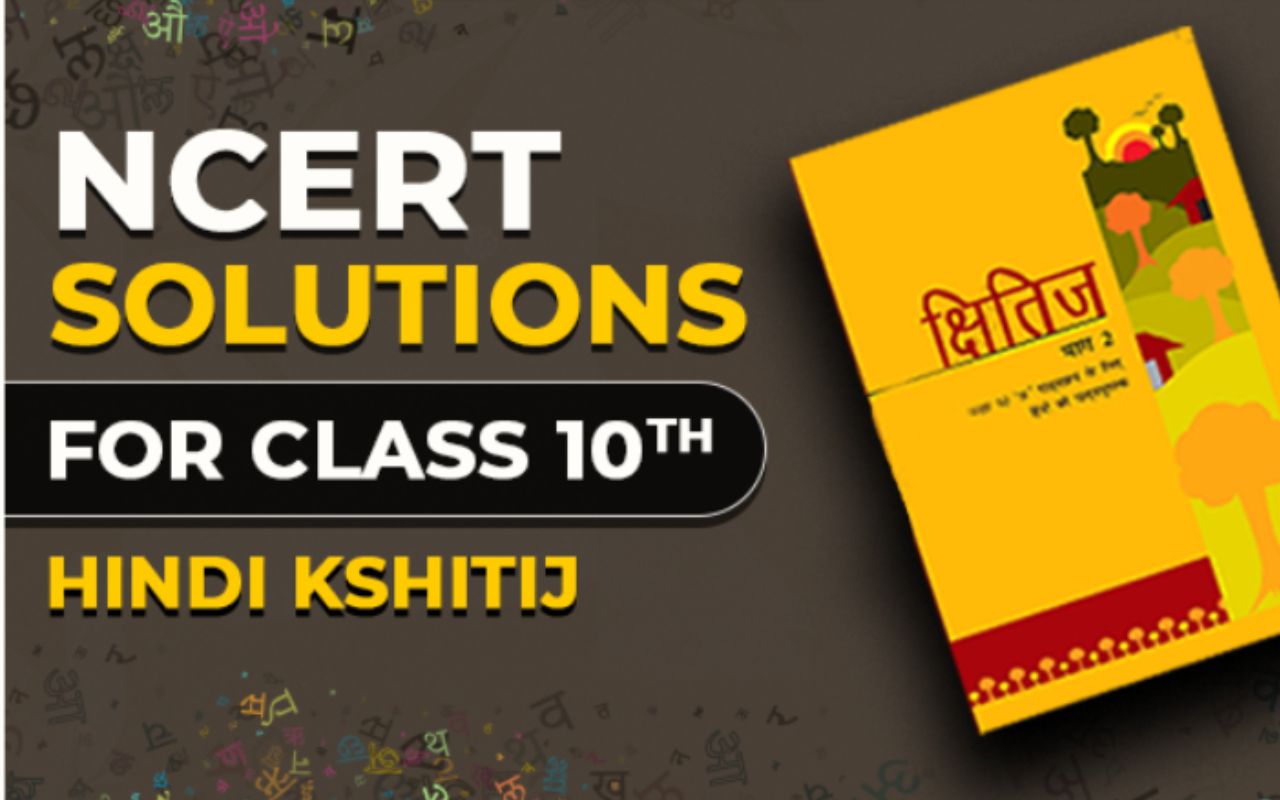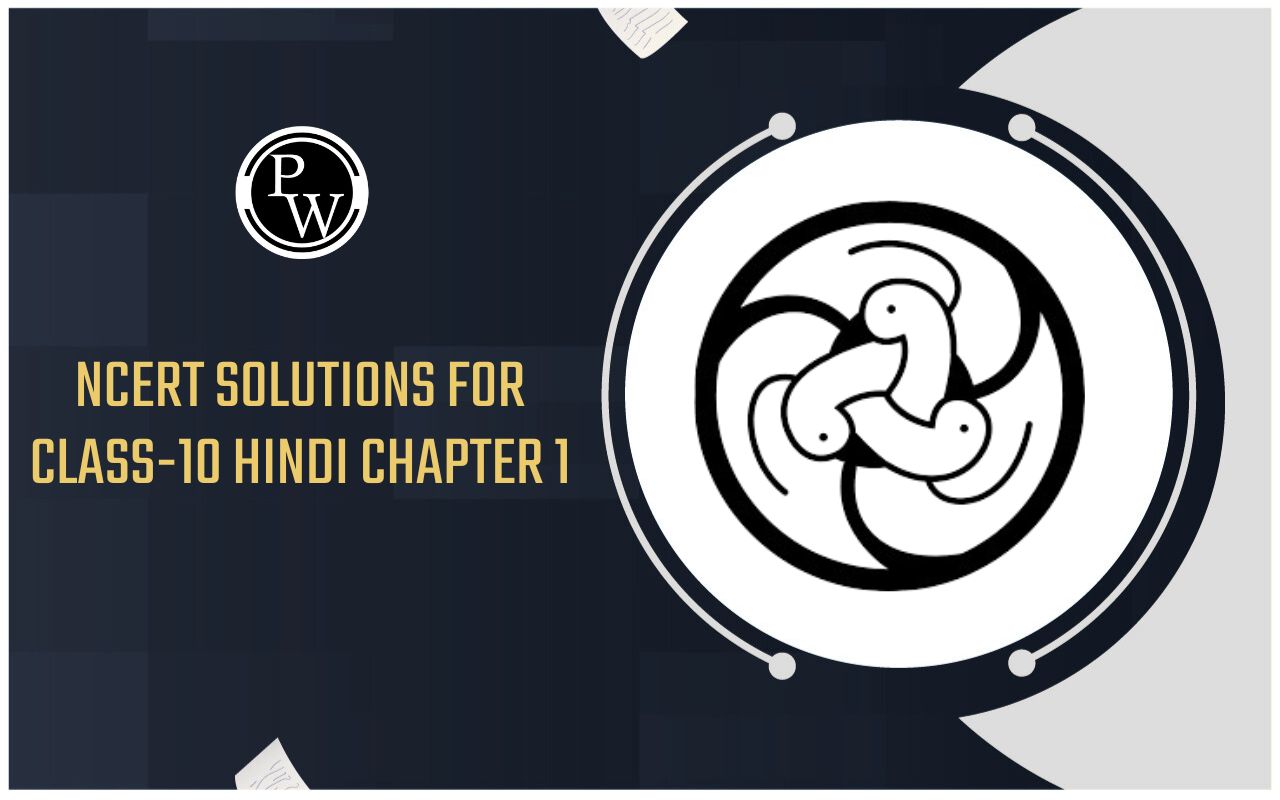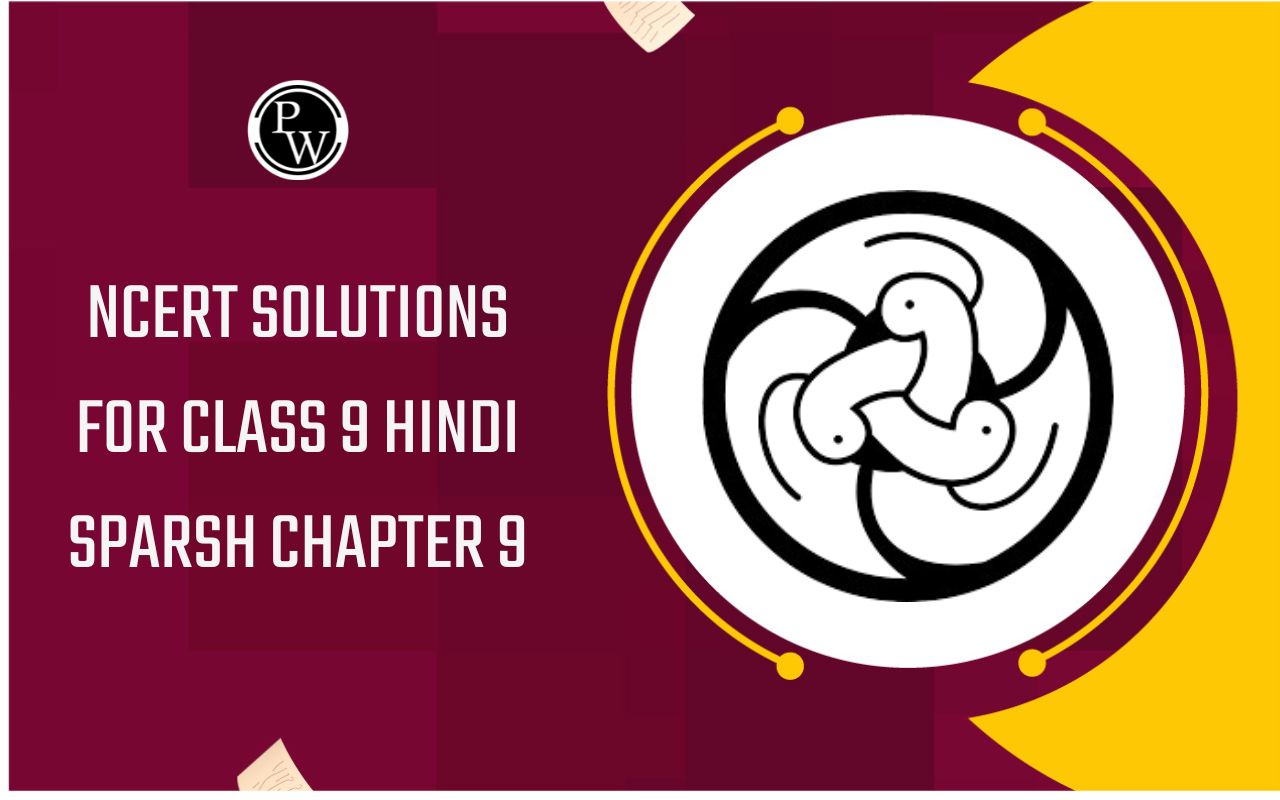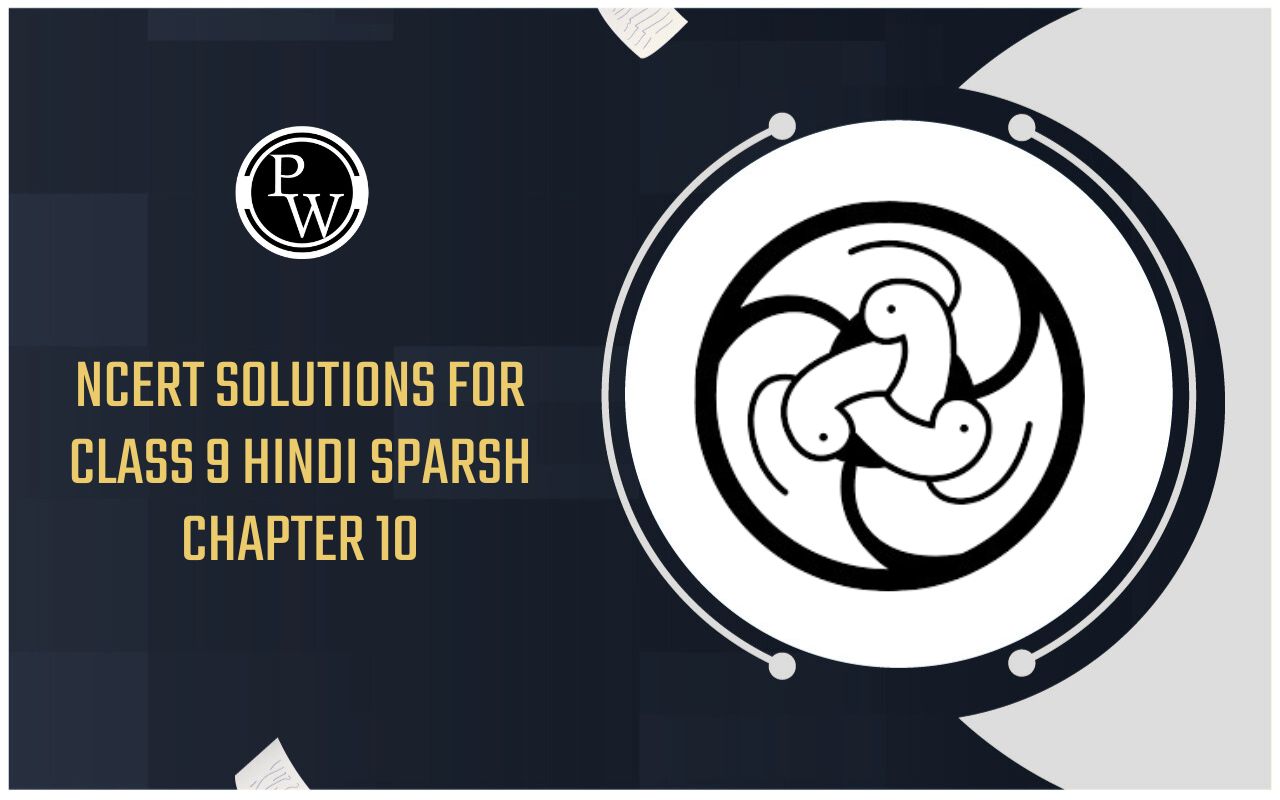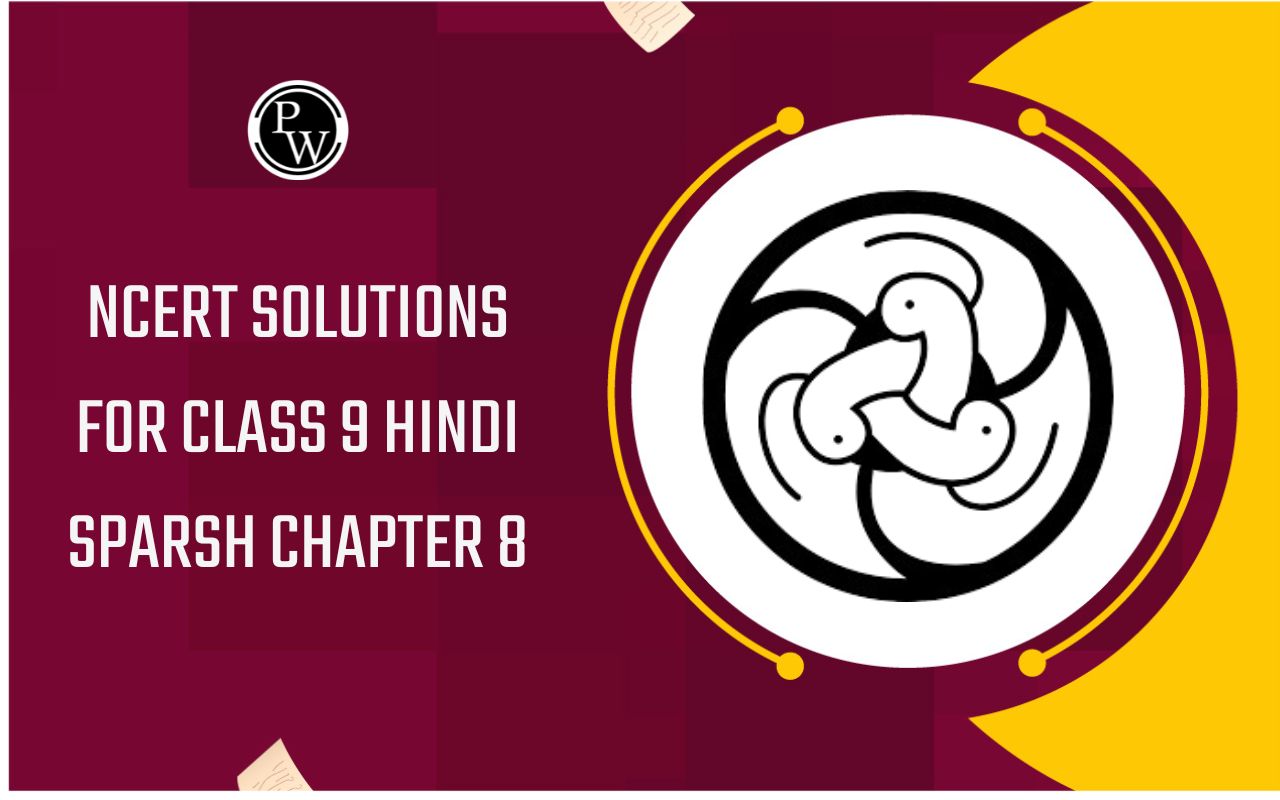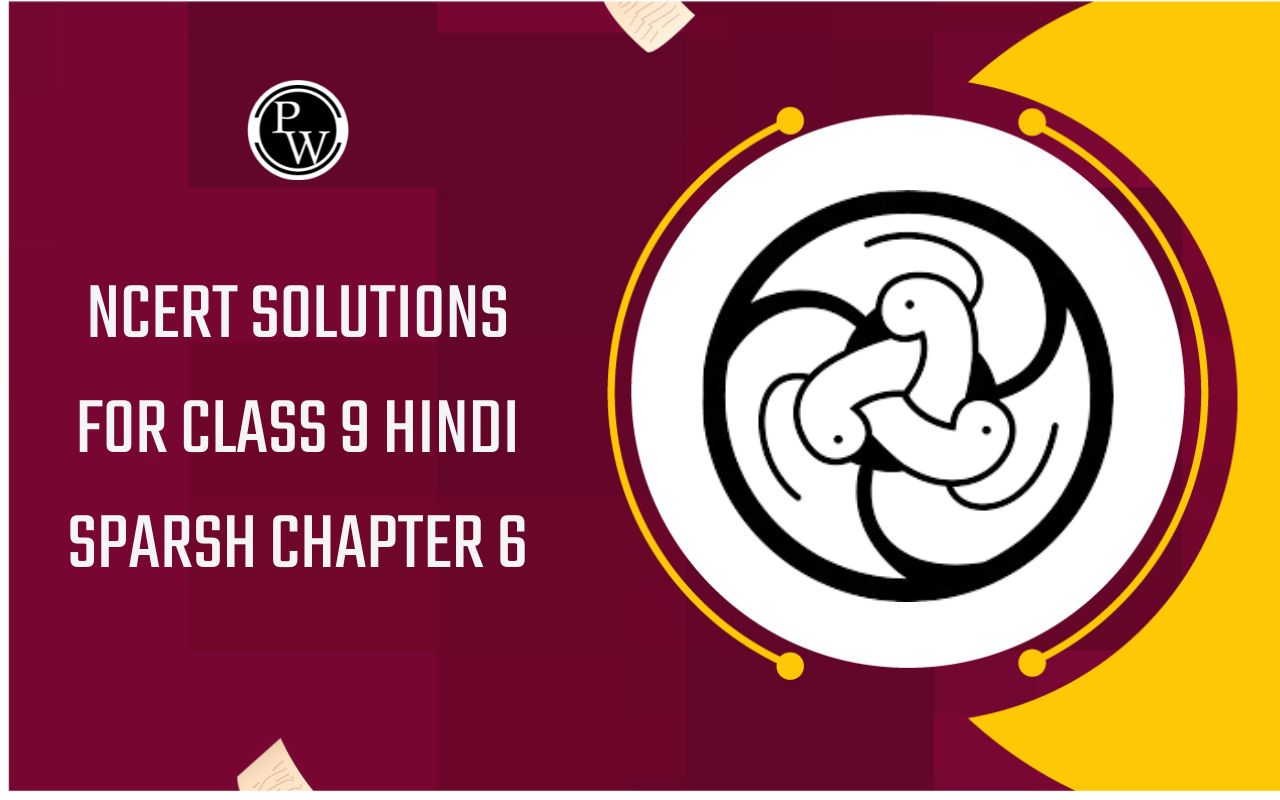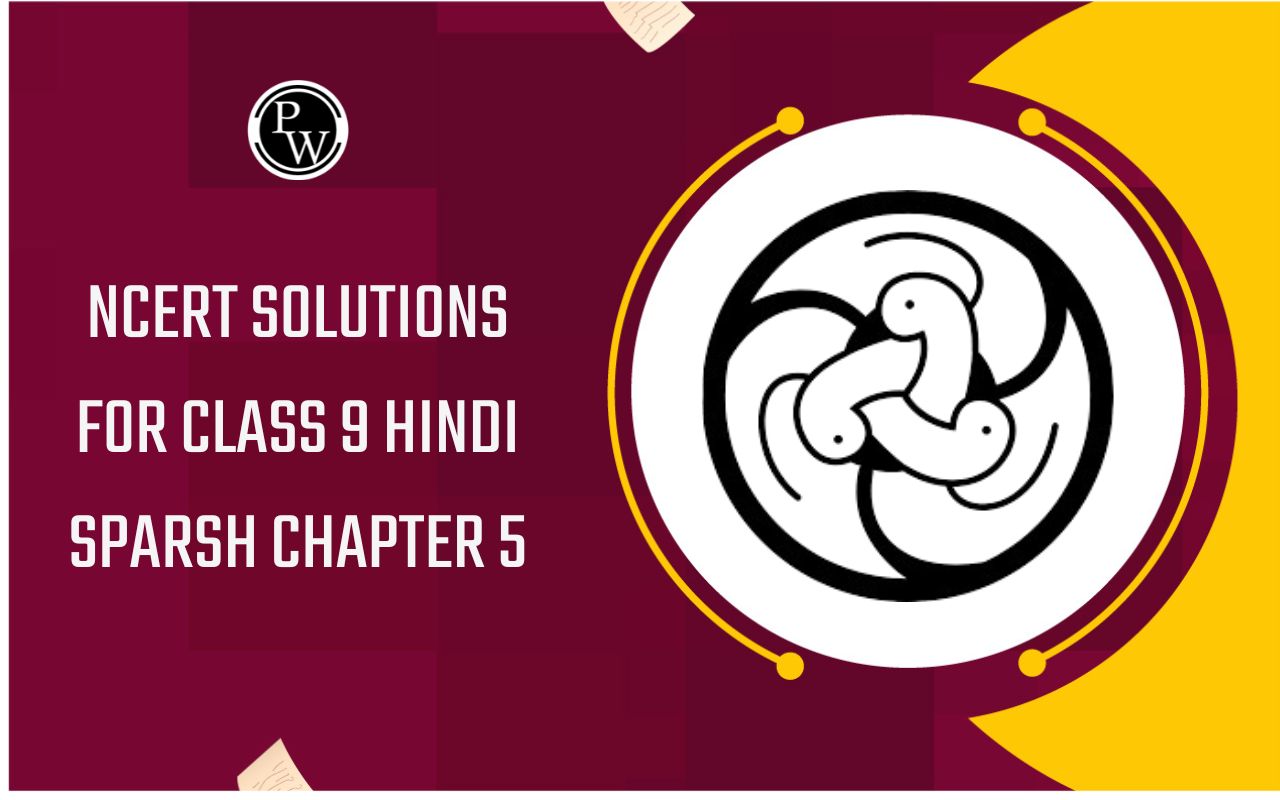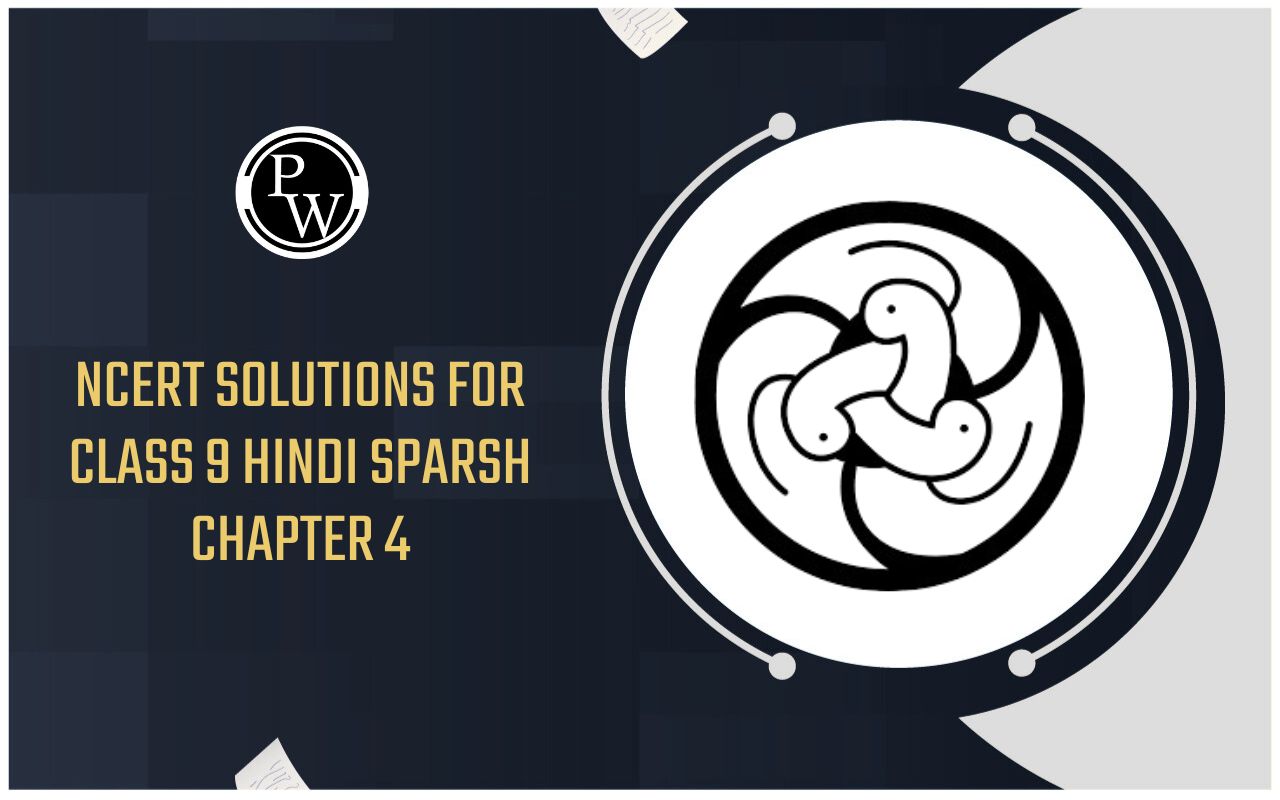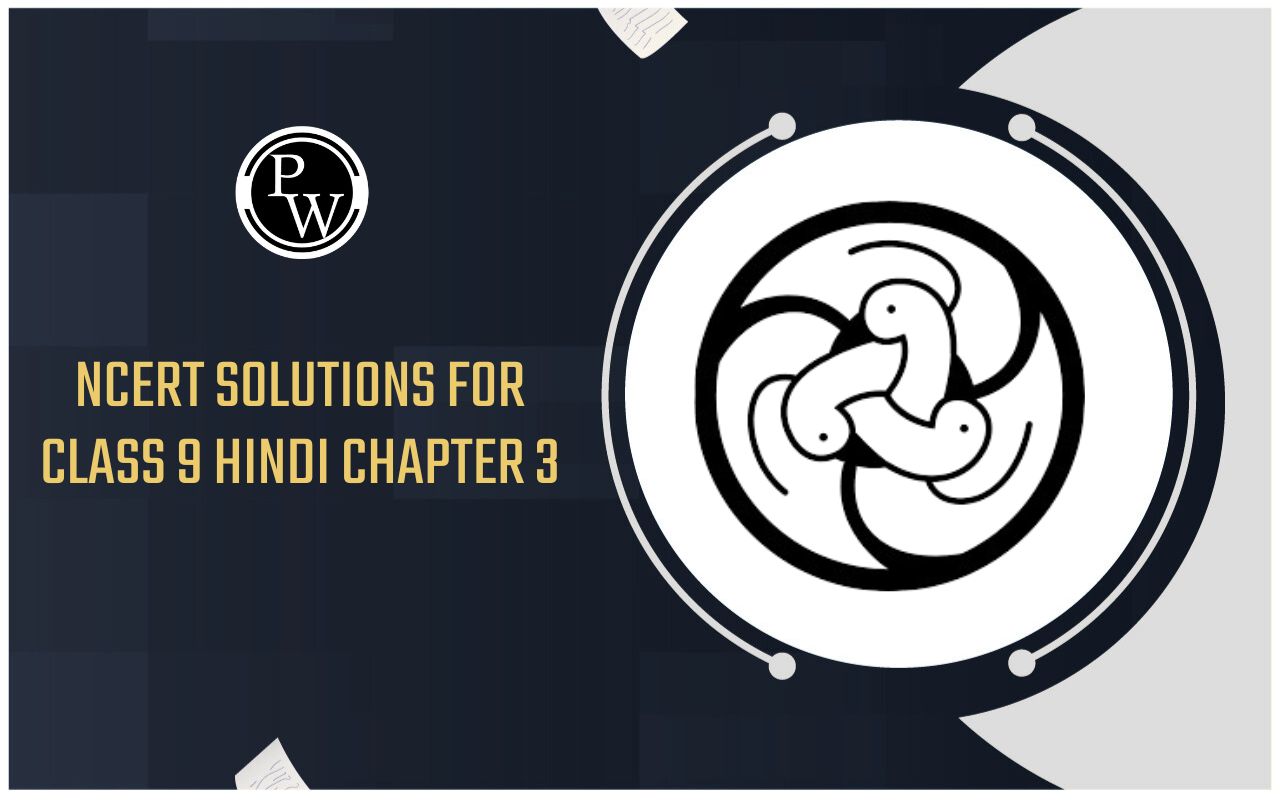
ICSE Worksheet for chapter-11 Heredity and Evolution class 10
Worksheet For class 10
This page is prepared by the Academic team of Physics Wallah which consists of ICSE Board Worksheet for Class 10 Biology . Students of Class 10 Biology can get a free Worksheet for Class 10 Biology in PDF format prepared as per the newest syllabus and examination pattern in your schools.
Standard 10 students can practice questions and answers which are given here for Biology in Grade 10 that will help them to improve their knowledge of all important chapters and their topics. Students can also download free pdf of Class 10 Biology Notes prepared by teachers and solve important problems provided here with solutions on daily basis to get more scores in school exams and tests.
If any students need to take the online test to check their concepts or undertstanding then they can visit Biology Quiz for Class 10 .
Objective Type Questions
Q1. A cross between two individuals results in a ratio of 9 : 3 : 3 : 1 for four possible phenotypes of progeny is called?
- Dihybrid cross
- Monohybrid cross
- Test cross
- None of these
Q2. A plant with two ‘small’ genes breeds with a plant with two ‘tall’ genes to produce:
- Small plants and tall plants in the ratio 1 : 3
- All small plants
- All tall plants
- Tall plants and small plants in the ratio 3 : 1
Q3. The visible characteristic in an organism is known as:
- Prototype
- Stereotype
- Phenotype
- Genotype
Q4. Which of the following may be used to obtain F 2 generation?
- Allowing flowers on a parent plant to be self-pollinated
- Allowing flowers on an plant to be self-pollinated
- Cross-pollinating plant with a parent plant
- Cross-pollinating two parent plants
Subjective Type Questions
Q5. What are genes? Where are they located in our body?
Q6. A Mendelian experiment consisted of breeding tall pea plants bearing violet flowers with short pea plants bearing white flowers. The progeny all bore violet flowers, but almost half of them were short. This suggests that the genetic make-up of the tall parent can be depicted as
- TTWW
- TTww
- TtWW
- TtWw
Q7. How do Mendel’s experiments show that traits are inherited independently ?
Q8. A man with blood group A marries a woman with blood group O and their daughter has blood group O. Is this information enough to tell you which of the traits – blood group A or O – is dominant? Why or why not ?
Q9. A study found that children with light-coloured eyes are likely to have parents with light-coloured eyes. On this basis, can we say anything about whether the light eye colour trait is dominant or recessive ? Why or why not ?
Q10. Explain how sexual reproduction gives rise to more viable variations than asexual reproduction. How does this affect the evolution of those organisms that reproduce sexually ?
Q11. Given below a schematic diagram showing Mendel’s experiment on sweet pea plants having axial flowers with round seeds (AARR) and terminal flowers with wrinkled seeds (aarr). Study the same and answer the questions that follow :
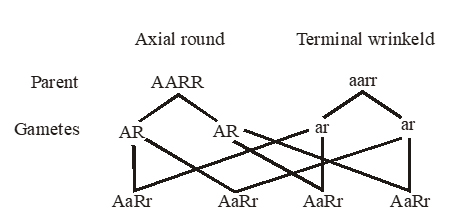
- Give the phenotype of F 1 progeny
- Give the phenotypes of F 2 progeny produced upon by the self pollination of F 1 progeny
- Give the phenotypic ratio of F g progeny.
- Name and explain the law induced by Mendel on the basis of the above observation
Q12. Difference between Monohybrid and Dihybrid cross (phenotypic ratio).
Q13. State Mendel’s law of independent assortment.
Q14. Answer the following :
- State Mendel’s law of Dominance
- Name any one x-linked disease found in humans
Q15. Name the four nitrogenous bases that form a DNA molecule.
- Give full form of DMA.
- Mention two points of difference between mitosis and meiosis

